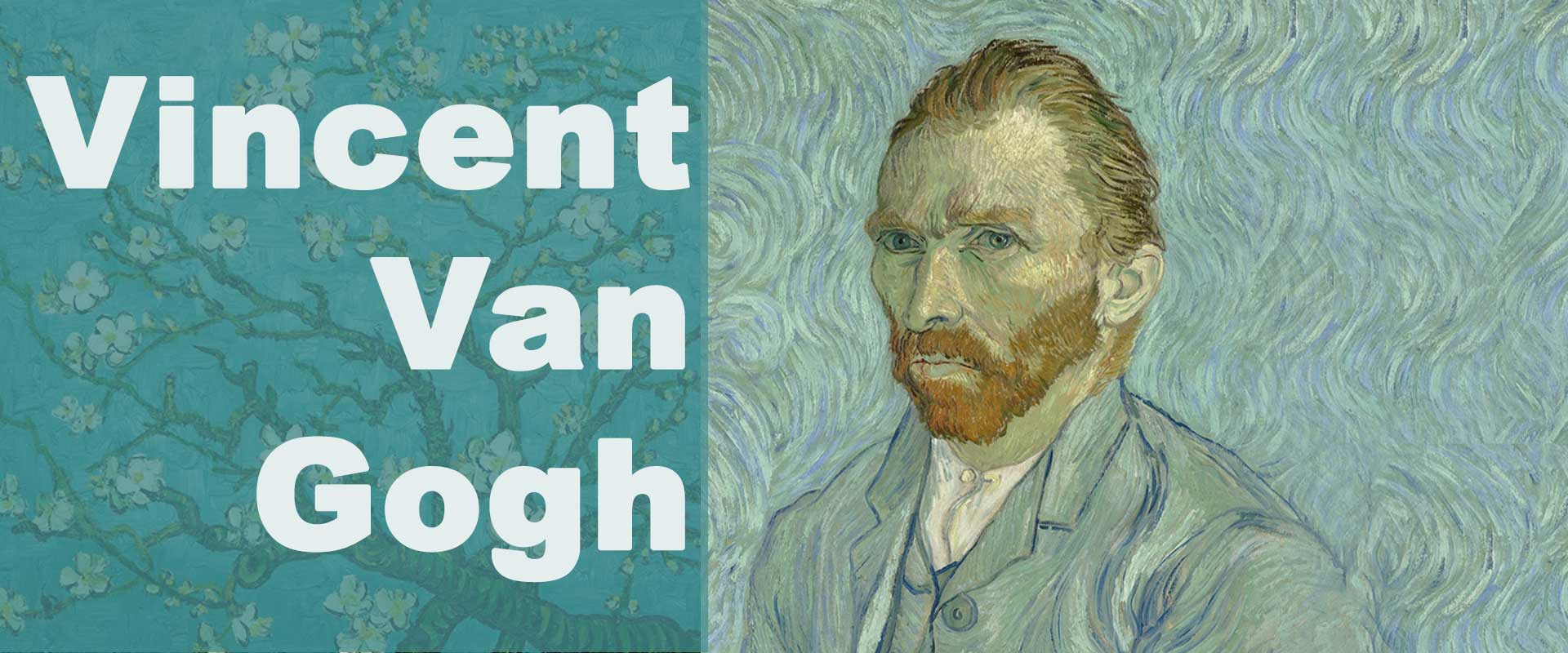Few artists have left as profound an impression on the world as Vincent van Gogh. From his expressive brushstrokes to his emotional intensity, Van Gogh’s art continues to captivate audiences more than a century after his death. But who was he, really? What shaped his work? Why is he considered one of the greatest painters of all time?
We’ll answer all those questions and more. Whether you’re just discovering his work or deepening your appreciation, here’s everything you need to know about Vincent van Gogh—his life, art, struggles, style, and lasting impact.
1. Who Was Vincent van Gogh?
Vincent Willem van Gogh was born on March 30, 1853, in Zundert, Netherlands. He was the eldest of six surviving children in a religious Dutch family. His father was a minister, and Van Gogh was raised in a strict, Christian household.
He struggled in school and drifted through several jobs before deciding to become an artist at the age of 27. Despite starting late and receiving little formal training, Van Gogh would go on to produce over 2,000 artworks in just a decade.
2. His Early Career and Artistic Influences
Van Gogh’s early works reflect the influence of Realism. He painted dark, somber scenes of peasants and rural life, focusing on themes of poverty and dignity.
The Potato Eaters (1885), painted while living in Nuenen, is considered his first major work. It displays his desire to portray the struggles of ordinary people in a raw and honest way.
He was deeply inspired by artists such as Jean-François Millet, and later, by the vibrant color palette of the Impressionists when he moved to Paris in 1886.
3. The Paris Years: A Turning Point
Living with his brother Theo in Paris introduced Van Gogh to artists like Monet, Renoir, and Gauguin. Exposure to the Impressionist and Post-Impressionist scenes dramatically changed his style.
He began to use brighter colors, looser brushwork, and new subjects such as still lifes and city scenes.
This period marked his transition from dark Realist tones to his signature vibrant palette.
4. Arles: The Most Productive Period
In 1888, Van Gogh moved to Arles in the south of France. The light, landscape, and colors inspired some of his most famous works, including:
- Sunflowers
- Bedroom in Arles
- The Yellow House
- Café Terrace at Night
He hoped to start an artist community and was briefly joined by Paul Gauguin, but their relationship ended in conflict. Following a breakdown, Van Gogh famously cut off part of his ear—a moment that defined his troubled legacy.
5. Life at the Asylum in Saint-Rémy
After the incident in Arles, Van Gogh voluntarily entered the Saint-Paul-de-Mausole asylum in Saint-Rémy-de-Provence.
There, despite his mental struggles, he painted some of his most powerful works, including:
- The Starry Night
- Irises
- Wheatfield with Cypresses
The surroundings of the asylum, including its gardens and views of the countryside, deeply inspired him. His art during this time reflects both turmoil and beauty.
6. Final Months in Auvers-sur-Oise
In May 1890, Van Gogh moved to Auvers-sur-Oise, near Paris, to be under the care of Dr. Paul Gachet. During just 70 days, he painted over 70 works.
Notable pieces from this time include:
- Wheatfield with Crows
- The Church at Auvers
- Portrait of Dr. Gachet
On July 27, 1890, Van Gogh shot himself in the chest and died two days later, at the age of 37. He was buried next to his brother Theo, who passed away just six months later.
7. Van Gogh’s Artistic Style and Legacy
Van Gogh’s style is instantly recognizable—thick impasto, vivid colors, and swirling movement.
He used painting not to record what he saw, but to express what he felt. He pushed beyond Impressionism and helped shape the future of Post-Impressionism, Expressionism, and even Modern Art.
His key techniques include:
- Energetic brushstrokes
- Symbolic color
- Strong emotional impact
- Use of complementary color contrasts
- Personal and spiritual themes
He sold only one painting during his lifetime. Today, his works are worth millions and reside in top museums, including the Van Gogh Museum in Amsterdam.
8. Most Famous Van Gogh Paintings
- The Starry Night
- Sunflowers
- Irises
- Wheatfield with Crows
- Café Terrace at Night
- The Bedroom
- Self-Portrait with Bandaged Ear
Each of these works offers a glimpse into Van Gogh’s emotional world, artistic development, and enduring impact.
Conclusion
Vincent van Gogh’s life was as complex and vibrant as his paintings. From a misunderstood outsider to a posthumous icon, he represents the emotional heart of modern art.
His work was a blend of suffering, hope, and beauty—communicated through brushstrokes that still move us today.
If you’re inspired by his legacy, explore our collection of Vincent van Gogh wall art prints to bring the essence of his genius into your home.
FAQs
How many paintings did Van Gogh create?
Van Gogh created over 850 oil paintings and around 1,300 drawings in just 10 years.
What was Van Gogh’s most famous painting?
The Starry Night is widely considered his most iconic and beloved masterpiece.
Where can I see Van Gogh’s original artworks?
Many are housed in the Van Gogh Museum in Amsterdam, and others can be seen in the Musée d’Orsay in Paris and the MET in New York.
Did Van Gogh sell any paintings while alive?
Yes, but only one painting is known to have been sold during his lifetime: The Red Vineyard.
What mental illness did Van Gogh suffer from?
Historians suggest he may have had bipolar disorder, epilepsy, or psychosis, but there’s no definitive diagnosis.





